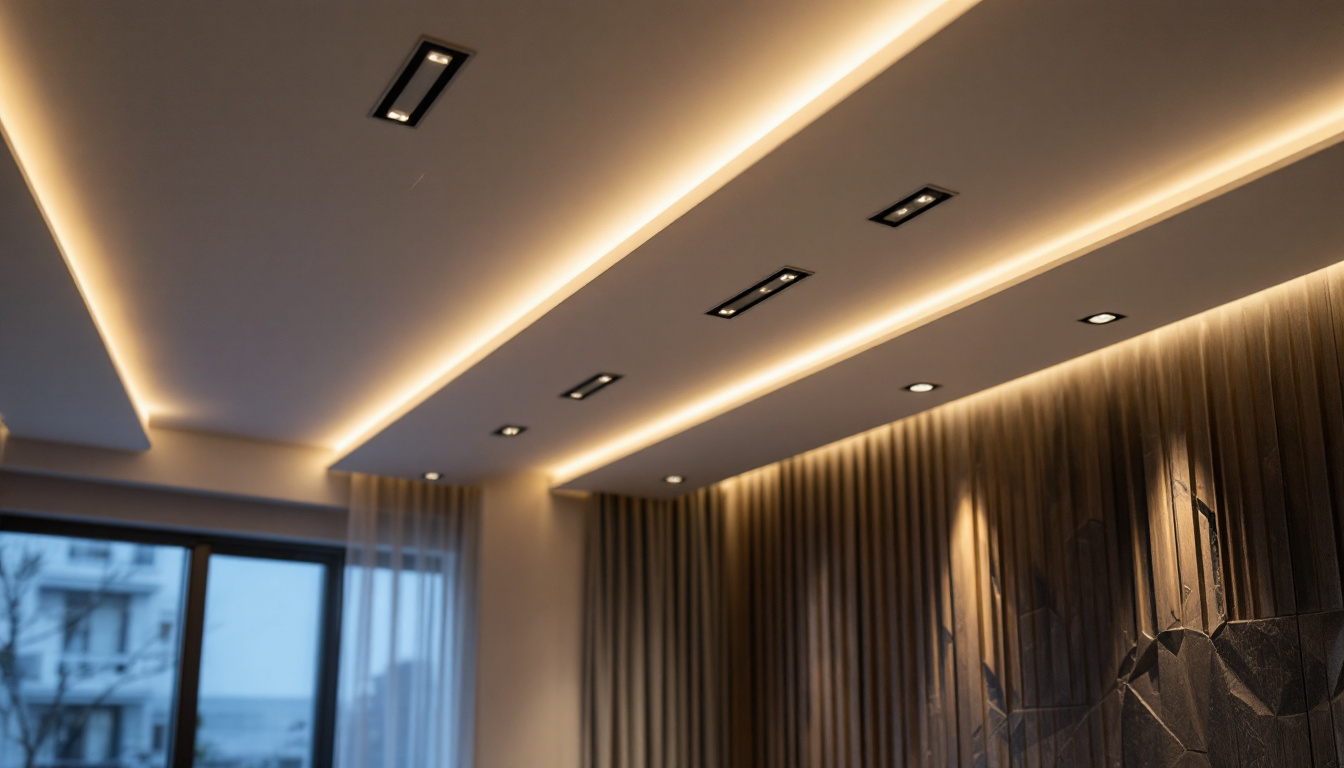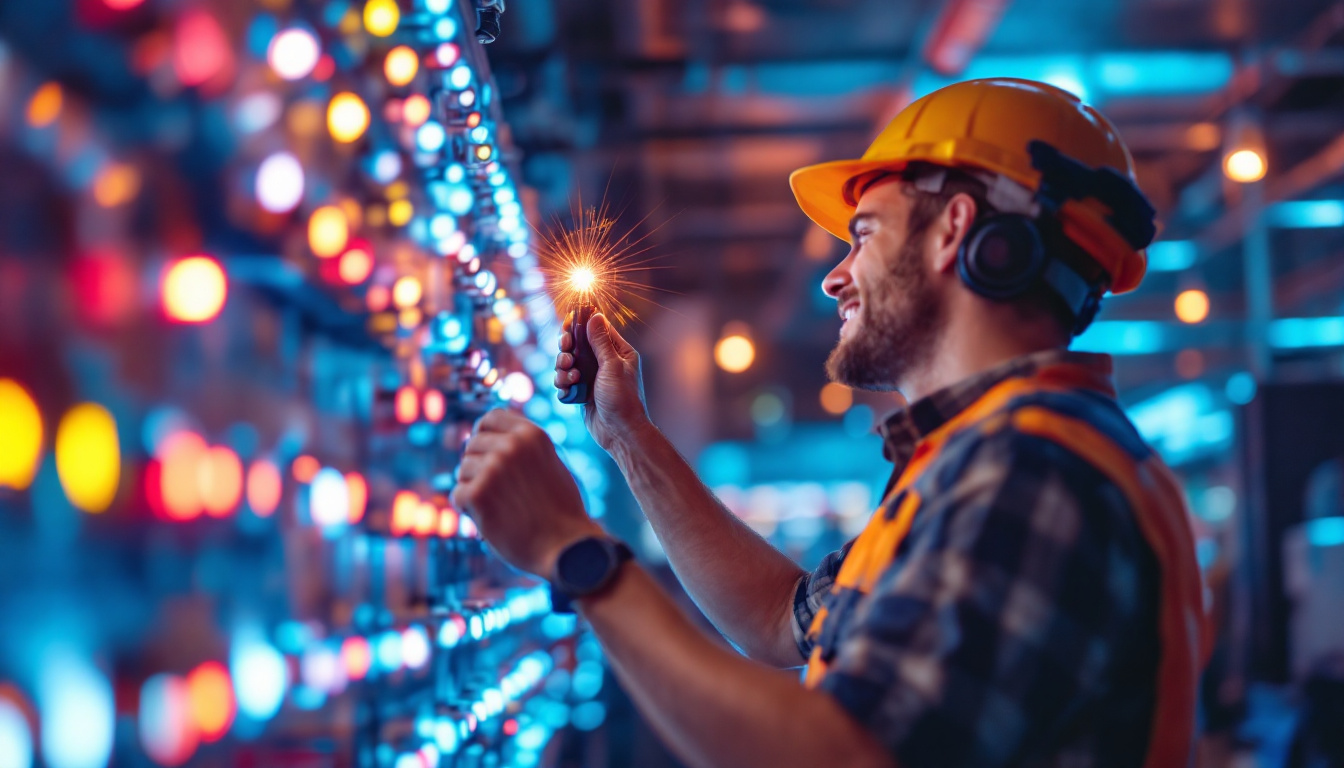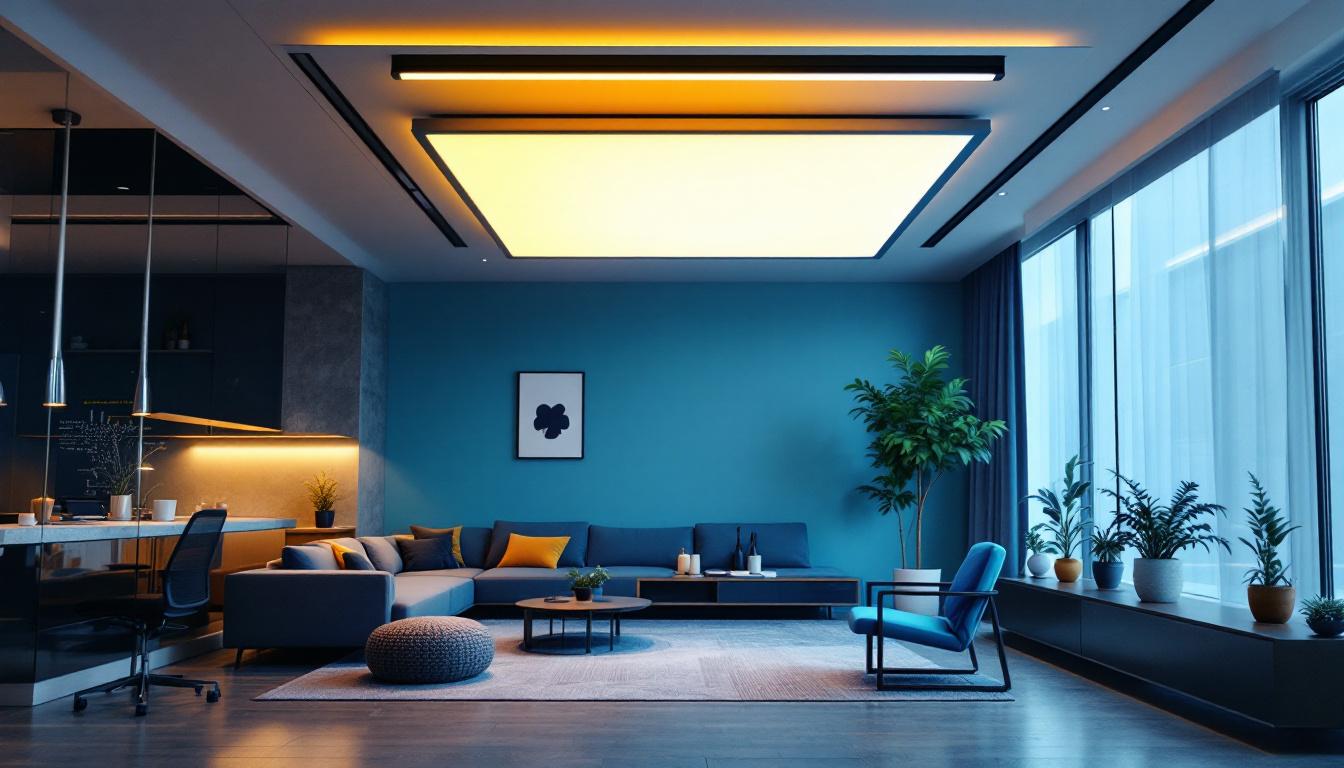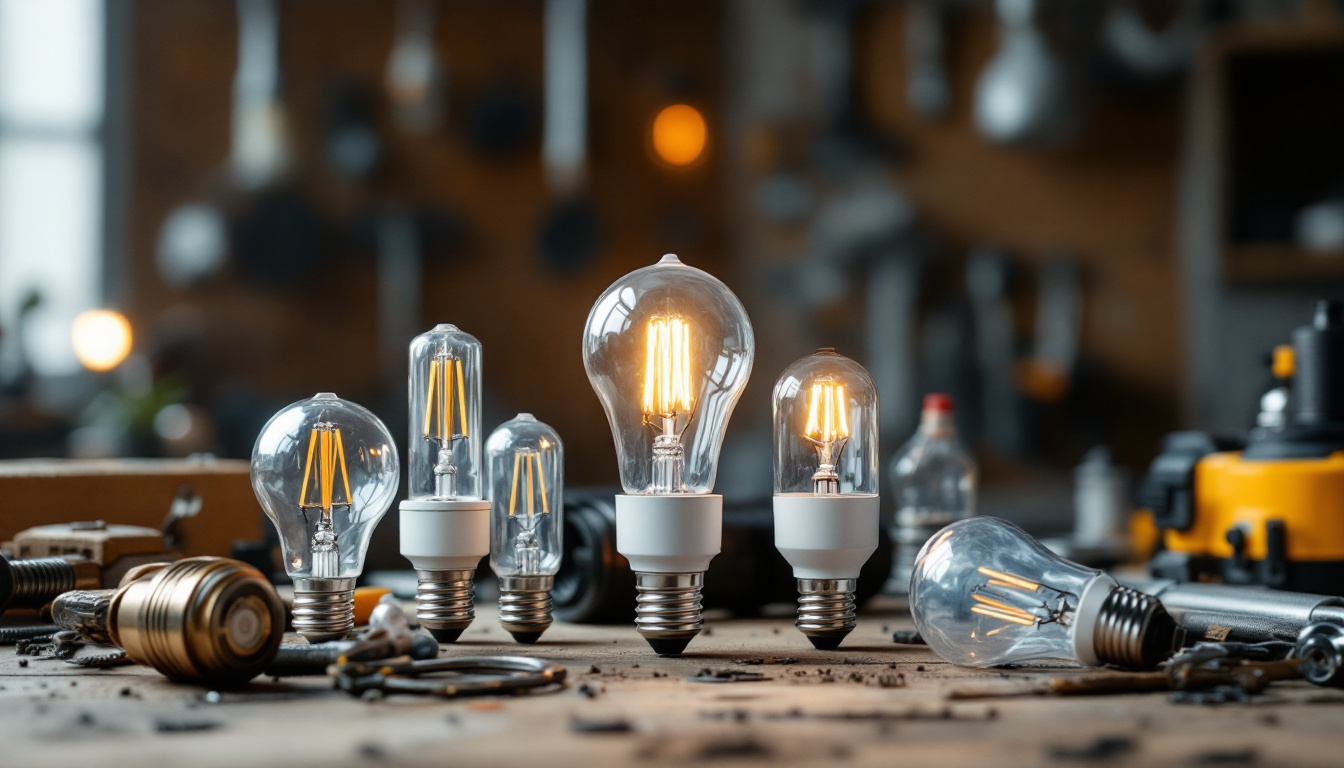
Lighting contractors play a crucial role in the design and implementation of lighting solutions for various projects, from residential to commercial spaces. As the industry evolves, so do the questions and concerns surrounding lighting installations, energy efficiency, and technological advancements. This article aims to address some of the most common questions faced by lighting contractors, providing insights and guidance to enhance their expertise and service offerings.
lighting design is not merely about illuminating a space; it involves creating an atmosphere that enhances functionality and aesthetics. The key principles include:
By mastering these principles, contractors can deliver tailored lighting solutions that meet the unique needs of each project. Furthermore, the strategic placement of lighting fixtures can significantly alter the perception of space. For instance, wall sconces can draw the eye upward, making a room feel taller, while well-placed downlights can highlight architectural features or artwork, adding depth and interest to the overall design. Understanding how light interacts with surfaces and colors can also enhance the visual appeal of a space, creating a more inviting atmosphere.
Selecting the appropriate fixtures for a project involves considering several factors:
By carefully evaluating these aspects, lighting contractors can make informed decisions that enhance both functionality and style. Additionally, considering the scale and proportion of fixtures in relation to the space is crucial. Oversized fixtures can dominate a small room, while tiny fixtures can get lost in larger areas. It’s also beneficial to think about the maintenance and accessibility of the fixtures; for instance, high ceilings may require fixtures that are easy to clean or replace. Lastly, integrating smart technology not only enhances convenience but can also provide energy savings and adaptability, ensuring that the lighting design remains relevant and effective as needs change over time.
Energy-efficient lighting solutions provide numerous advantages, not only for the environment but also for the end-users:
Emphasizing these benefits can help contractors persuade clients to invest in energy-efficient options, ultimately leading to more sustainable projects. Additionally, energy-efficient lighting can enhance the aesthetic appeal of spaces. With advancements in technology, options like tunable white lighting allow for the adjustment of color temperatures, which can create different moods and improve the overall ambiance of a room. This versatility not only enhances user experience but also encourages the adoption of energy-efficient solutions in various settings, from residential homes to commercial buildings.
Promoting sustainability in lighting projects involves several strategies:
By integrating these practices, lighting contractors can position themselves as leaders in sustainability within the industry. Furthermore, collaborating with local governments and organizations can amplify these efforts. Many municipalities offer incentives for energy-efficient upgrades, and contractors can leverage these programs to provide added value to their clients. Hosting workshops or informational sessions can also foster community awareness about the importance of energy efficiency, creating a ripple effect that encourages more individuals and businesses to adopt sustainable practices in their lighting choices.
The lighting industry is constantly evolving, with new technologies emerging to enhance functionality and user experience. Some of the latest trends include:
Staying informed about these trends enables contractors to offer cutting-edge solutions that meet modern demands. Additionally, energy-efficient lighting technologies, such as LED and OLED, are gaining traction. These options not only reduce energy consumption but also have a longer lifespan compared to traditional incandescent bulbs, making them a cost-effective choice in the long run. Furthermore, advancements in color rendering and dimming capabilities are allowing for more versatile lighting designs that can adapt to various settings, from residential homes to commercial spaces.
Integrating smart technology into lighting projects involves several considerations:
By effectively integrating smart technology, contractors can elevate their service offerings and enhance client satisfaction. Moreover, incorporating features such as voice control and automation through platforms like Amazon Alexa or Google Assistant can significantly improve user interaction. This not only makes lighting adjustments more intuitive but also aligns with the growing trend of home automation, where users seek seamless control over their living environments. As sustainability becomes a priority, integrating smart technology also allows for monitoring energy usage, helping clients make informed decisions about their consumption patterns and contributing to a greener future.
Effective communication is vital for successful project management. Here are some strategies to enhance communication with clients:
By fostering open lines of communication, contractors can build trust and strengthen client relationships.
Managing project timelines effectively is crucial for meeting client expectations. Consider the following best practices:
Implementing these practices can enhance project efficiency and client satisfaction.
Safety should always be a top priority during lighting installations. Key considerations include:
By prioritizing safety, contractors can protect their teams and clients, fostering a culture of responsibility.
Staying compliant with local regulations is essential for successful lighting projects. Here are some steps to ensure compliance:
By maintaining compliance, contractors can avoid costly penalties and enhance their professional reputation.
Lighting contractors face a myriad of challenges and questions throughout their projects. By understanding the principles of lighting design, embracing energy efficiency, integrating new technologies, managing projects effectively, and prioritizing safety and compliance, contractors can elevate their services and deliver exceptional results. Continuous education and adaptation to industry trends will not only enhance professional growth but also foster long-lasting client relationships.
By addressing these common questions, lighting contractors can navigate the complexities of their field with confidence, ensuring that they remain competitive and responsive to the evolving needs of their clients.
Ready to take your lighting projects to the next level? At LumenWholesale, we provide lighting contractors like you with the highest quality, spec-grade lighting products at prices that can’t be beaten. Say goodbye to local distributor markups and hello to our extensive selection that meets rigorous industry standards. With free shipping on bulk orders, you’ll enjoy the best value without any hidden costs. Elevate your service offerings with the perfect blend of quality, affordability, and convenience. Discover the difference and make your next project shine by visiting Wholesale Lighting at the Best Value.

Discover essential insights for lighting contractors on selecting and installing lights for recessed ceilings.

Discover the transformative impact of HID lights on the lighting industry.

Discover the benefits of 2X4 LED flat panel lights and learn how they can future-proof your lighting projects.

Discover how understanding different types of bulb bases can revolutionize the workflow of lighting contractors.